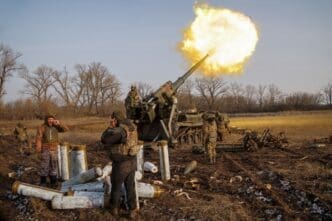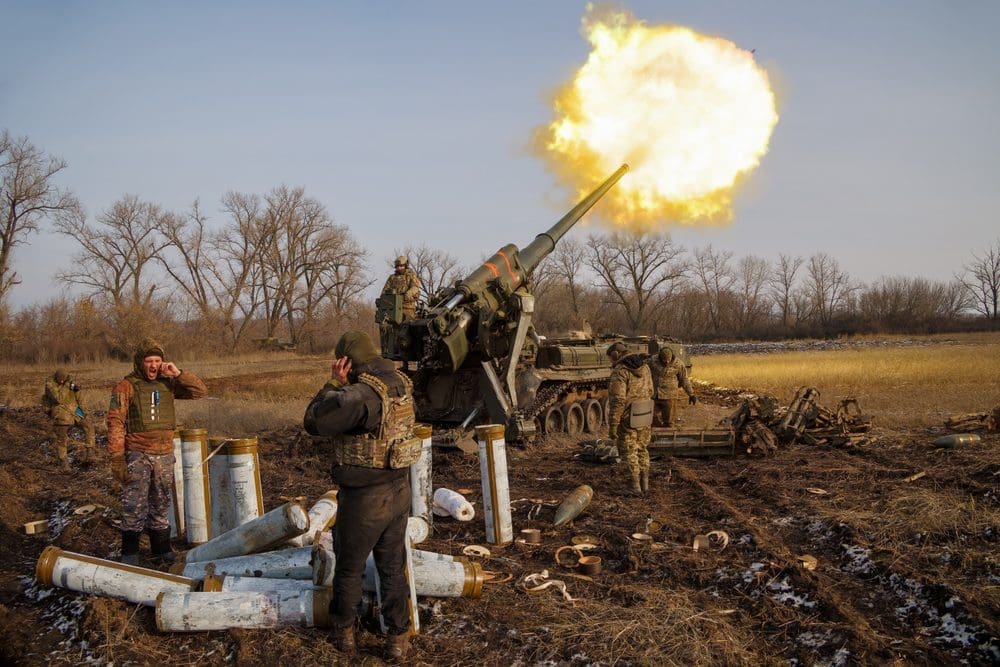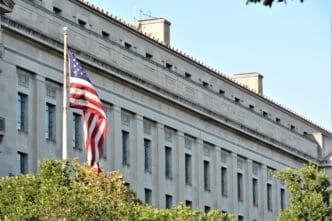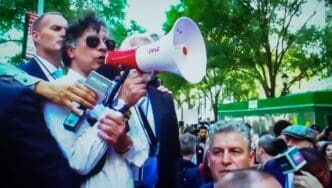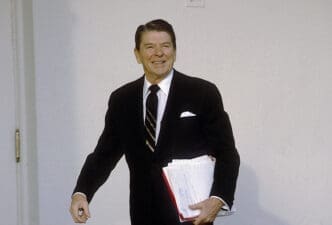Executive Summary
The Story So Far
Why This Matters
Who Thinks What?
Russian forces are making incremental advances along several parts of the front lines in Ukraine, supported by intensified aerial bombardments, even as President Donald Trump urged a “combat freeze” following his meeting with Ukrainian President Volodymyr Zelensky in Washington D.C. on Friday, October 17, 2025. Trump’s call for both sides to “stop where they are” came as Russian forces appeared intent on solidifying their gains ahead of winter.
Russian Advances and Intensified Bombardments
On Friday, the Ukrainian military reported a record use of 268 guided aerial bombs by Russian forces, a significant increase from the recent average of 170 to 180 per day. These powerful bombs, capable of carrying payloads up to 1,500 kilograms, primarily target Ukrainian forces and infrastructure near the front lines.
Russia has also maintained nightly barrages of drones and missiles across Ukraine, with a particular focus on energy infrastructure. In September, an average of over 180 drones were launched each night, more than double the number seen at the beginning of the year. Ukrainian officials have acknowledged that approximately 20% of these drones are not being intercepted.
According to long-time Russia analyst Dara Massicot, writing in Foreign Affairs, the Kremlin has little incentive to compromise. Massicot notes that Moscow has developed new methods for using drones to locate and destroy Ukrainian assets, transforming a previous weakness into a strength. Russia has also improved its missile technology and armored systems, granting junior commanders greater operational autonomy.
Frontline Hotspots
Fighting in Kupiansk and Kharkiv Region
Ukrainian forces are facing increasing pressure in Kupiansk, located in the northern Kharkiv region, which has been under siege for over a year. Russian troops have advanced to the north and east of the town. While a Russian blogger, War Gonzo, claimed fighting in the center on Saturday, the Ukrainian military acknowledged on Thursday that about 80 Russian troops had infiltrated the town, with defenders actively working to clear them.
Ukrainian military blogger Bohdan Miroshnikov commented that while the Russian tactic could lead to control if reinforcements arrive, the “full occupation of the city is still a long way off.” In the broader Kharkiv region, closer to the international border, Russian forces have also claimed advances near Vovchansk, including the capture of a nearby village.
Donetsk Front and Pokrovsk
Heavy fighting persists around Pokrovsk in Donetsk. A Russian military blogger reported on Saturday that Russian troops were advancing to the northwestern outskirts of the city. Conversely, the Ukrainian military claims to have reclaimed approximately 70 square miles of territory in the Pokrovsk area over the past two months through a series of counterattacks.
Oleksandr Syrskyi, commander-in-chief of Ukrainian forces, stated on Friday that the Russians do not possess the “strategic initiative,” achieving only minor advances at “enormous losses.” Syrskyi asserted that Ukrainian warriors have “ceased the enemy’s spring-summer offensive campaign.”
Costs and Recruitment Challenges
Despite Russian advances, which have seen approximately 120 square miles gained in the past four weeks according to the Belfer Center for Science and International Affairs at Harvard University, these gains come at a significant cost. The Center for Strategic and International Studies estimated in June that as many as 250,000 Russian soldiers have died, with over 950,000 total Russian casualties. Ukraine’s military command reported nearly 14,000 Russian soldiers killed or wounded in the Pokrovsk area alone since late August, though these battlefield figures cannot be independently verified.
In response to these losses, the Russian defense ministry appears to be adjusting its recruitment methods. Recent weeks have seen Russian regions begin to reduce the generous sign-on bonuses previously used to attract recruits. The Washington-based Institute for the Study of War (ISW) suggests that financial incentives are likely yielding diminishing returns, which may compel the Kremlin to adopt alternative approaches, potentially including the rolling mobilization of members of Russia’s active reserve to sustain combat operations.
Ukraine’s Strategy and Stalemate
Ukraine is focusing on long-range strikes against Russian energy infrastructure in an effort to compel the Kremlin to negotiate. The country has increased its production of domestic cruise missiles, though President Trump has not yet supplied Tomahawk missiles as requested. Since the beginning of the year, successful strikes have targeted 45 facilities in Russia’s fuel and energy sector, with industry analysts estimating that one-fifth of Russia’s refining capacity has been disrupted.
However, despite significant casualties and damage to Russia’s economy, Russian President Vladimir Putin has shown no indication of agreeing to a ceasefire or negotiations with Ukraine. More than 1,300 days since the full-scale invasion began, experts note a persistent stalemate where “Ukraine cannot destroy Russia’s war capacity, while Russia appears unable to militarily defeat Ukraine.”

